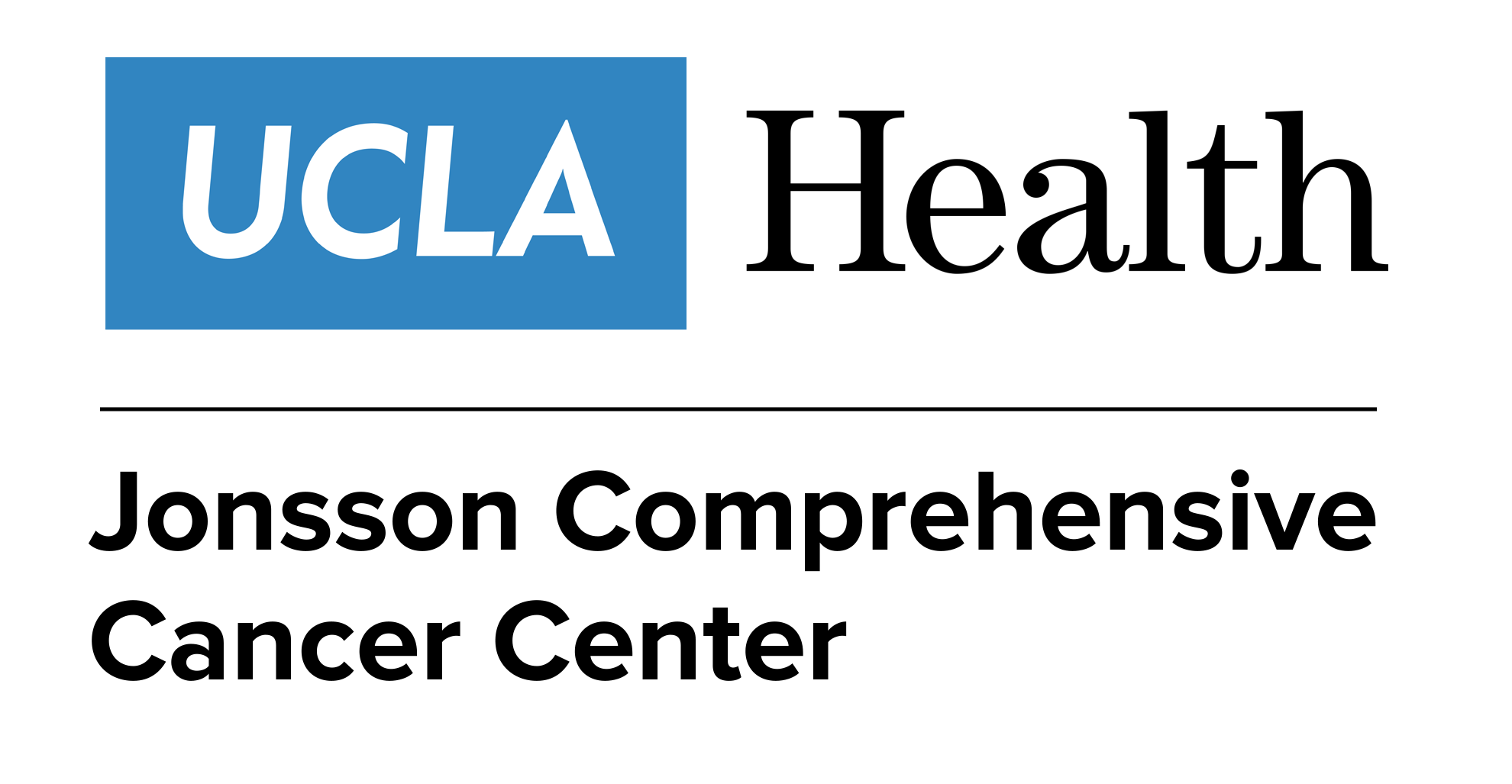- Advertise
- About OncLive
- Editorial Board
- MJH Life Sciences brands
- Contact Us
- Privacy
- Terms & Conditions
- Do Not Sell My Information
2 Clarke Drive
Suite 100
Cranbury, NJ 08512
© 2025 MJH Life Sciences™ and OncLive - Clinical Oncology News, Cancer Expert Insights. All rights reserved.
Lead Investigator Discusses Pegilodecakin/PD-1 Inhibitor Combination in NSCLC
Edward B. Garon, MD, discusseds early findings with pegilodecakin in non–small cell lung cancer.
Edward B. Garon, MD
The combination of pegilodecakin (AM0010) and anti—PD-1 therapy demonstrated durable responses in patients with non–small cell lung cancer (NSCLC), according to findings presented at the 2018 ASCO Annual Meeting.
In the phase I study, pegilodecakin, which is a long-acting PEGylated Interleukin (IL)-10, was administered subcutaneously at 10 to 20 µg/kg daily. Five patients received pembrolizumab (Keytruda) at 2 mg/kg every 3 weeks and 29 received nivolumab (Opdivo) at 3 mg/kg every 2 weeks.
Results showed that the overall response rate (ORR) was 41% in the 34-patient cohort treated with the pegilodecakin and either nivolumab or pembrolizumab. Median overall survival (OS) was 32.2 months for those treated with pegilodecakin/pembrolizumab and progression-free survival (PFS) was 11 months. Median OS and PFS were not reached for the combination with nivolumab, said lead investigator Edward B. Garon, MD.
After a median follow-up of 24.7 months, partial responses were seen in 11 out of 27 evaluable patients. Twelve additional patients had stable disease. Further analyses were done in subgroups based on PD-L1 expression, liver metastases, and other factors, Garon said.
OncLive: Please provide some background to this study.
In an interview with OncLive, Garon, director of Thoracic Oncology at the Jonsson Comprehensive Cancer Center at University of California, Los Angeles, discussed these early findings with pegilodecakin in NSCLC.Garon: At high levels, pegilodecakin has been considered to be an immunosuppressive cytokine. At sustained levels over time, we believe it has more of a stimulatory benefit to the immune system. It has the effect of expanding T cells at the site of the tumor.
This agent was evaluated as part of a large phase I study. We had a population of patients who received the drug as a single agent, but then we expanded that for them to receive it along with a PD-1 inhibitor. There were a few patients in the early part of the trial who received pembrolizumab as that second agent, and then the majority of the patients actually received nivolumab. The results of this study were that 34 patients were treated with the combination of the PD-1 inhibitor and pegilodecakin. ORR was pretty impressive if one looks not at the intent-to-treat analysis, but the group of evaluable patients, which was 27 out of the 34 patients. The ORR was around 40%.
One of the encouraging things is that these responses have been fairly durable. For instance, OS for the previously treated group with a median follow-up of 2 years has not necessarily been reached yet in this cohort. PFS also appeared to be favorable, as compared with historical controls. This has been evaluated in terms of groupings. The study ended up enrolling patients disproportionately who had no PD-L1 expression. That was a push from the sponsor of the study, so that group was overrepresented. Still, they had a nice benefit in that group of patients.
Can you expand on the data you saw with each subgroup?
Also, there were some exploratory analyses done in patients who had low tumor mutation burden, those with liver metastases, and patients with gene expression profiles that weren’t considered predictive of benefit from single-agent PD-1 inhibitor. Those patients did receive responses. It is obviously a very small data set with only 34 patients treated. But, nonetheless, it is interesting based on the duration of response we saw and because of the patients who we didn't think would benefit but did. It is a little hard in a single-arm study to compare and make definitive conclusions, but at least it was encouraging. The big focus of the subgroup analysis was not to look comprehensively at any specific subgroup. Of course, there is only so much you can look at a subgroup when you have a 34-patient cohort. The idea was to see whether the benefits were exclusively seen in patients who would have been anticipated to obtain benefit from a single-agent PD-1 inhibitor. There were patients, based on historical data, who we didn't think would benefit, and we certainly saw a benefit there, too.
What are some next steps to this study?
What is the key message you would like community oncologists to take home?
Pegilodecakin is subcutaneously injected daily. It is seemingly well tolerated. The unique toxicities we saw were pyrexia, which probably has a lot to do with the stimulating of the immune system. There are several clinical trials that are going to evaluate this agent along with checkpoint inhibitors. In addition, there is one study that will test pegilodecakin along with chemotherapy. There are plans to take these data and expand it into studies that will, in a randomized way, identify the benefit of pegilodecakin. This is an interesting compound. There will be more clinical trials evaluating it. It is something [community oncologists] may want to be looking for if they are at a site involved with clinical trials. Obviously, there is nothing from just a pure clinical perspective that is actionable. This is not an approved approach. But, it's an interesting approach, and as our understanding of the immune system improves, there ideally will be combinations of therapy that will have more impact than what we've seen with PD-1 inhibitors alone.
Garon EB, Schneider JG, Wong DJL, et al. Responses and durability in NSCLC treated with pegilodecakin and anti-PD-1. J Clin Oncol. 2018;36 (suppl; abstr 9018).


